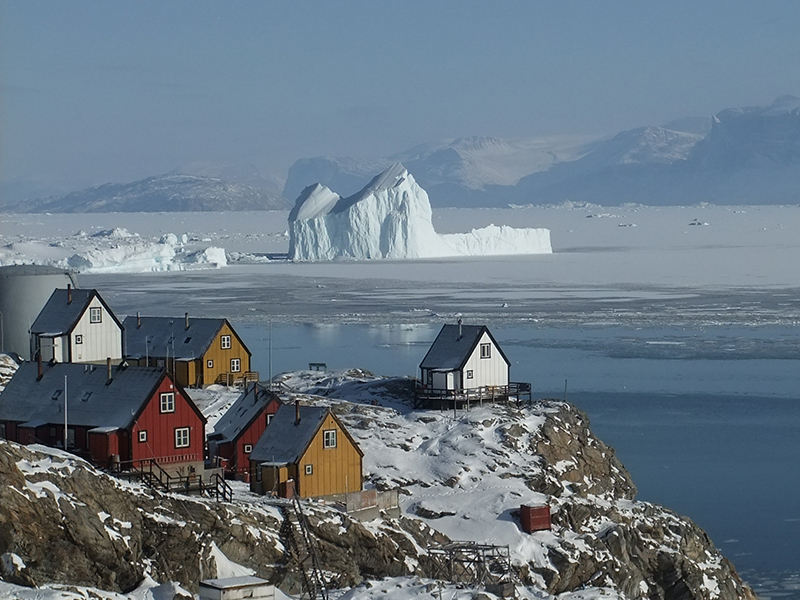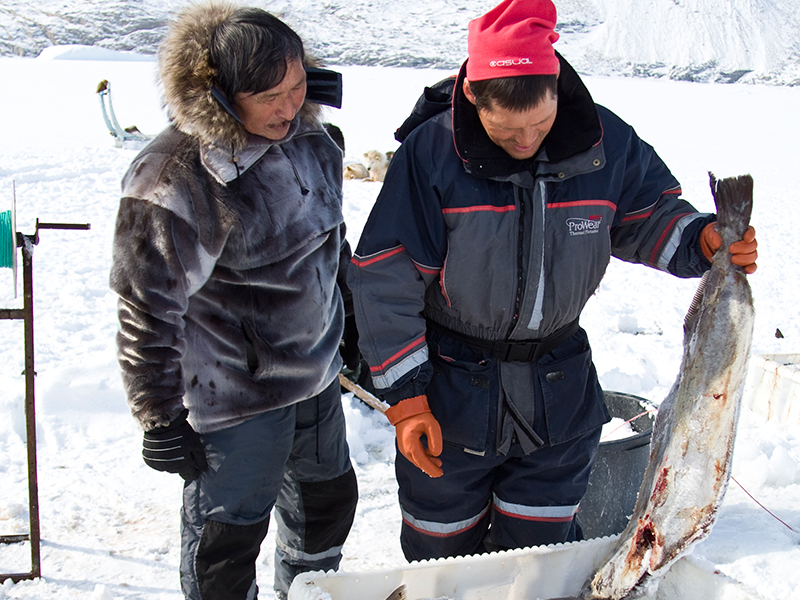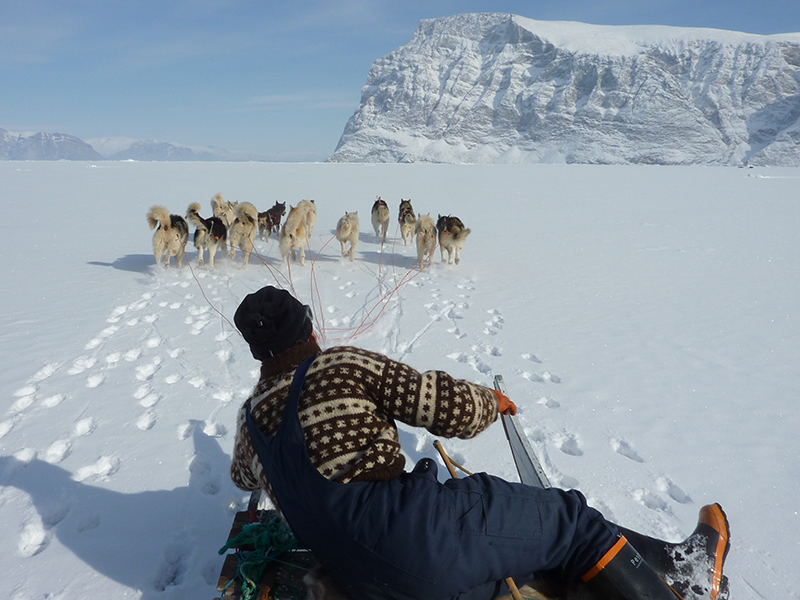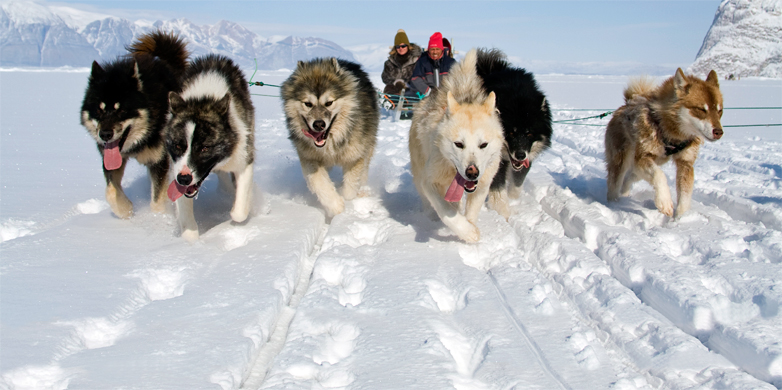White fever
The “white fever” exists for more than 100 years. Ulrike Kastrup explains in her first column, where it comes from and how contagious it is.
We know that wintertime is the season for flu, but what about this thing called "white fever"? What is it and where does it come from? Is it contagious?
This peculiar condition is in fact contagious, even highly so. Whole societies were infected with it at the end of the 19th century and it also occurs today.
The Arktis exhibition at the Louisiana Museum in Copenhagen, which lasts until 2 February and is well worth seeing, describes it as follows: "external page White Fever - The urge to go North". So – phew! – it isn't some nasty new kind of sickness, but more a kind of compulsion. In the era of the great North and South Pole expeditions more than 100 years ago, adventurers set out to explore these unknown worlds – driven by dreams, myths, images and ideas and sometimes supported enthusiastically by their home countries – and for many of them this yearning turned into an obsession that made them lose themselves in this fantastical white world.
But for the purpose of everyday use, let us describe it as an urge, an exploratory desire to travel north into the eternal ice, into the beauty and vastness of the Arctic.
We at focusTerra succumbed to this fever a little bit, too. First by small, barely noticeable degrees, and then more and more. While preparing our summer 2012 exhibition on Alfred de Quervain’s crossing of the central Greenlandic ice cap, we were increasingly captivated by the hundred-year-old photos and the adventurous tales of exploration and discovery. The more we immersed ourselves in the material, the more it became clear to us that we wanted to see with our own eyes the people and the landscapes that Arnold Heim captured in his photos so long ago.
We launched into travel preparations with the help of a friend of ours in Greenland, and finally, in spring 2013, the day of our departure arrived. We, the focusTerra team, and four of our friends set off to follow in the trail of the Greenland explorers: the Viking Erik the Red, the Norwegian Fridjof Nansen and the German Alfred Wegener, to name just a few.
Of course, such a trip was unthinkable without dog sledges. What an experience! After initial reluctance because of ethical concerns (which were, we soon learned, completely unfounded in this case), we let ourselves be bundled up warmly in polar bear trousers and seal jackets – which the cold would make us grateful for – and off we went.
Accompanied by professional hunters, we ventured out onto the sea ice (which was melting unusually early in some places) at Uummannaq on the west coast of Greenland. We could see less than 20 metres ahead, and the sledge dogs pulled as fast as they could, fighting their way through the thickly falling snow. There wasn’t much we could do but sit back trustingly and enjoy the ride. And this we did! With no visibility on the first day but a glorious blue sky on the second, we glided over snow and ice and enjoyed every minute to the fullest. We eagerly kept a lookout for polar bears, snow hares, snow foxes, seals and narwhals, but all we saw was halibut. Halibut in every imaginable form: pulled fresh from an ice hole, then frozen and packed in ice, and later – at mealtimes – pickled, fried, cooked, smoked … you name it. It was enough to make me long for potatoes.
After these excursions and at the end of our 10-day trip, it was clear that we were done for: the white fever had us in its grip. We were under a spell of fascination for this constantly shifting land, the great, immeasurable vastness of the ice, the icebergs and sheets of ice floating past our window creating a constantly changing view, and we were seized by the desire to preserve this unique and fragile world threatened by climate change and exploitation. When you talk to the researchers of ETH and the University of Zurich working in these high latitudes, you will see that they are in the same predicament. Whenever you speak to them of Greenland, their eyes shine with delight and longing – maybe even a bit feverishly…
About the author

Ulrike Kastrup has been Director of focusTerra, ETH Zurich’s Earth Science Research and Information Centre, for five years. She studied geology at the University of Bonn and the University of Zurich and completed her doctorate at the Swiss Seismological Service in the Institute of Geophysics at ETH Zurich. She then went on to carry out research and work on risk management and risk communication in relation to natural hazards at various organisations and institutions, including the United Nations University in Bonn, Royal Melbourne Institute of Technology in Australia and as a Corporate Risk Manager at SBB (Swiss Federal Railways). By organising numerous exhibitions and activities at focusTerra, Ulrike Kastrup and her team are keen to open the public’s eyes to the beauty and fascinating qualities of geology as well as its role in everyday life.
Picture Gallery
-

Uummannaq on the west coast of Greenland. (Picture: ETH Zürich) -

Halibut pulled fresh from an ice hole (Picture: Fabian Neyer) -

"The sledge dogs pulled as fast as they could." (Picture: Gillian Grün)

Comments
No comments yet